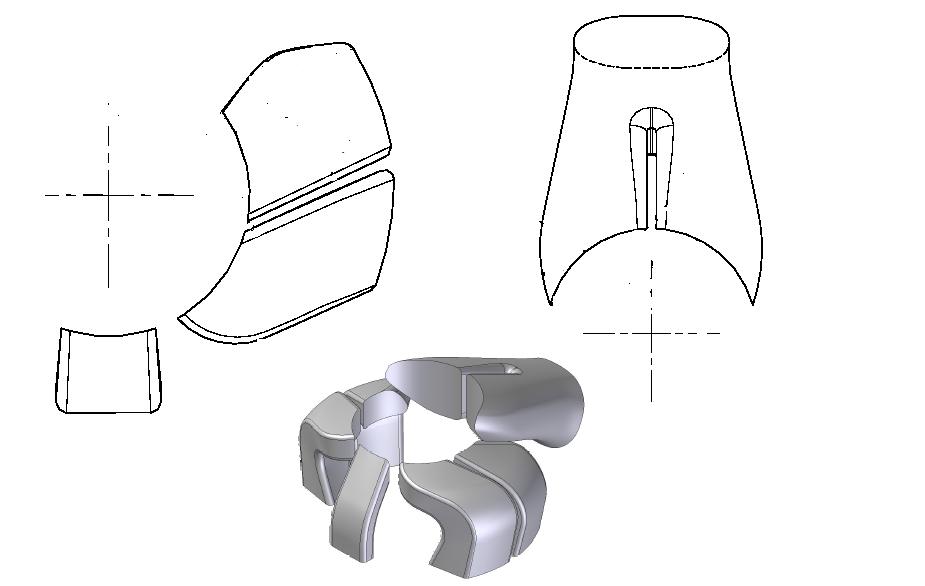We Know for a fact that on a 54.5mm stroke race engine lifting the Ex floor several mm made more power.
It was tested properly in a real back to back by Mr Thiel.
Blindly thinking lifting it more will automatically be better is a dangerous assumption, and could well end up like most assumptions
in just being an error waiting to be revealed.
Sure a longer stroke would need alot more, but how much has still actually to be tested properly.
TeeZee tested it on a cylinder that was a good one, he buggered that up in some way, then added a high floor or dam and made it better.
Not very conclusive or scientifically relevant to a non buggered up cylinder.





 Reply With Quote
Reply With Quote

 .
. 






Bookmarks